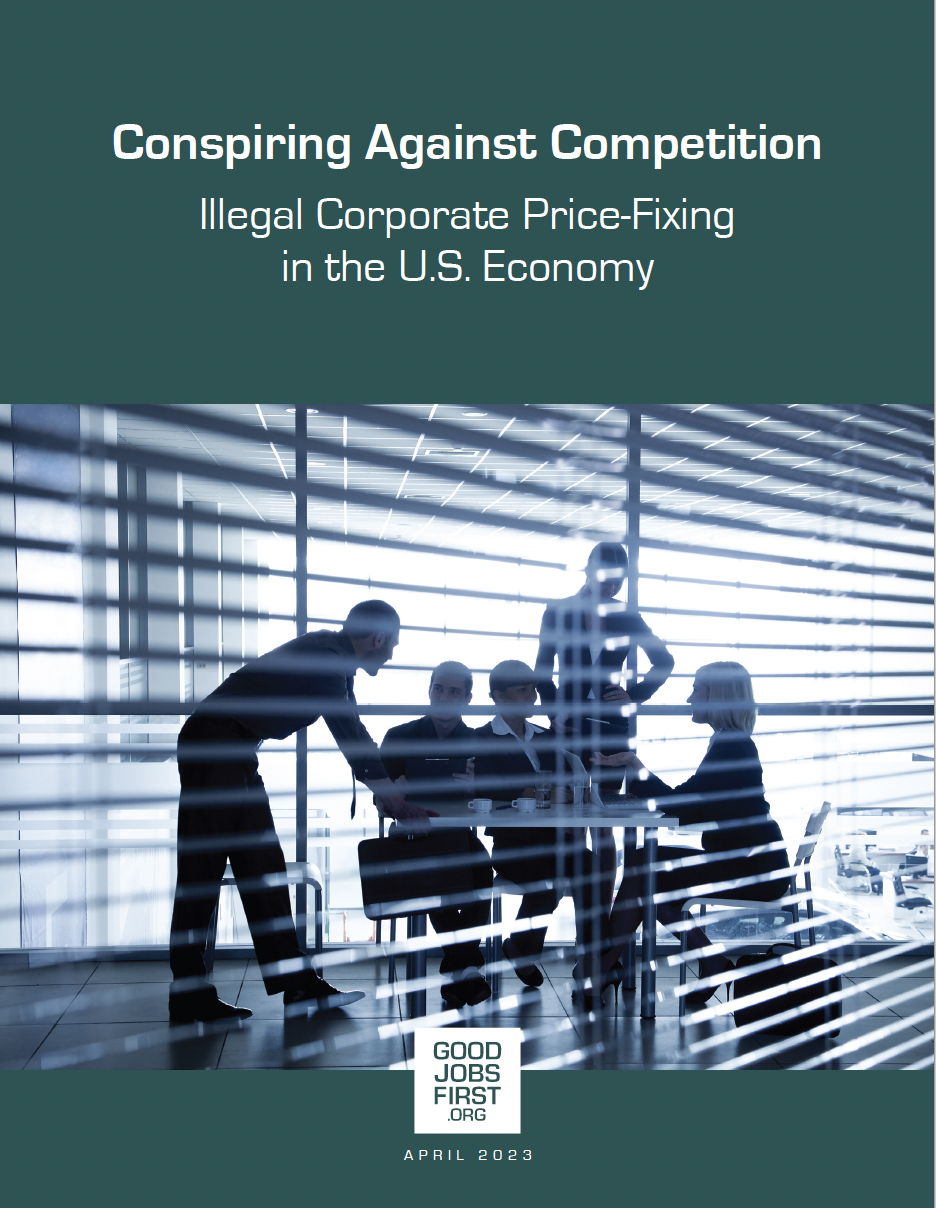
When the Consumer Financial Protection Bureau announced in 2016 that it was fining Wells Fargo $100 million for creating fee-generating customer accounts without permission, bank executives may have thought they could simply pay the penalty and move on.
Instead, Wells has had to contend with a series of regulatory and legal consequences. The latest is a $1 billion settlement the bank has just agreed to pay to resolve a class action lawsuit brought by shareholders accusing it of misrepresenting the progress it had made in improving its internal controls and compliance practices. The deal ranks among the largest securities settlements of all time.
In between the initial CFPB action and the new lawsuit resolution, Wells confronted the following:
- In 2018 the Federal Reserve forced out several board members and took the unusual step of barring Wells from growing in size until it improved its compliance. It is telling that the asset cap is still in place.
- That same year, Wells paid $575 million to settle litigation over the bogus accounts brought by state attorneys general.
- In 2020 the U.S. Justice Department announced that Wells would pay $3 billion to resolve potential criminal and civil liability, but the bank was allowed to enter into a deferred prosecution agreement rather than having to plead guilty. The Trump DOJ also declined to bring charges against any individual executives.
While the monetary penalties paid by Wells are not trivial, they are far from punishing for an institution with nearly $2 trillion in assets and $13 billion in annual profits. They also do not seem to have had much of a deterrent effect.
In 2022 the CFPB took new action against the bank, compelling it to pay a $1.7 billion penalty and provide $2 billion in redress to customers to resolve allegations that it engaged in a variety of new misconduct. Wells was found to have repeatedly misapplied loan payments, wrongfully foreclosed on homes, improperly repossessed vehicles, and incorrectly assessed interest and fees, including surprise overdraft charges. Some 16 million customer accounts were said to have been cheated one way or another.
That 2020 deferred prosecution agreement means that Wells has in effect been on probation. Why, in light of the CFPB case, has the bank not been found to be in violation of that agreement? Is it simply because Wells is now focusing its alleged misconduct on real accounts rather than the fake ones it had been creating? That would be like letting a mugger off the hook for using a knife rather than gun.
Not only should Wells have its probation revoked, but it should undergo something analogous to what the FDIC does when a bank is in financial disarray. Federal regulators should find Wells to be in ethical disarray and take it over while fundamental changes are made to bring it back to some semblance of compliance.
The alternative is letting a rogue institution continue to prey on its customers in any way it can.








